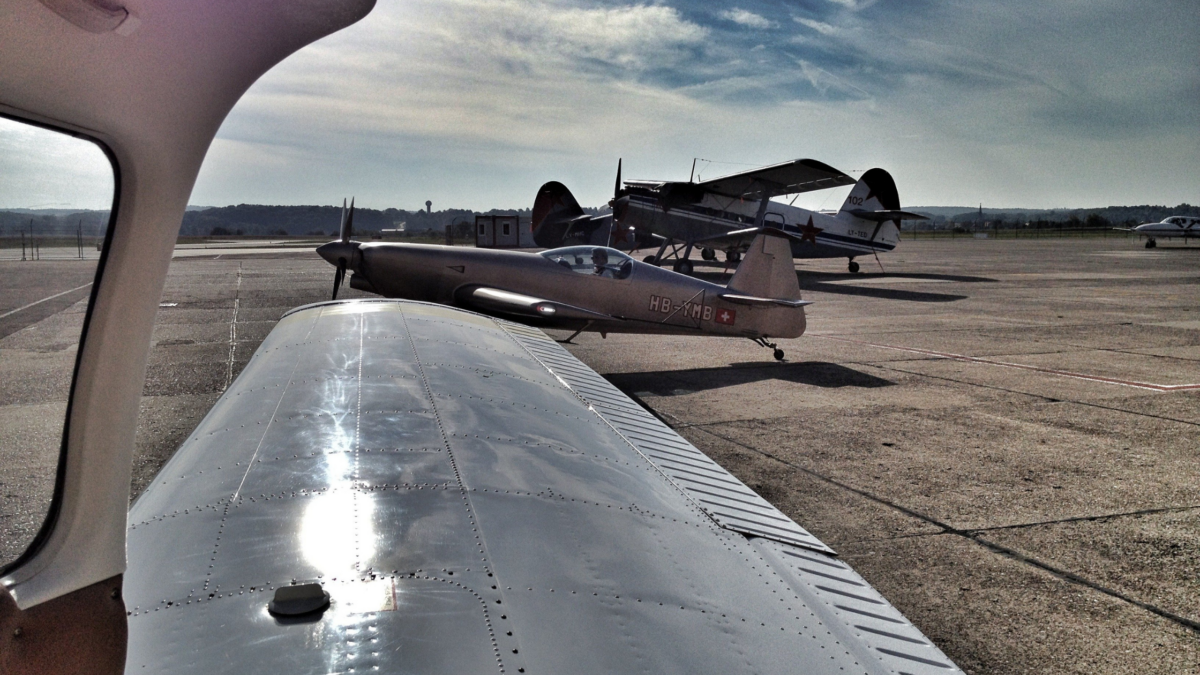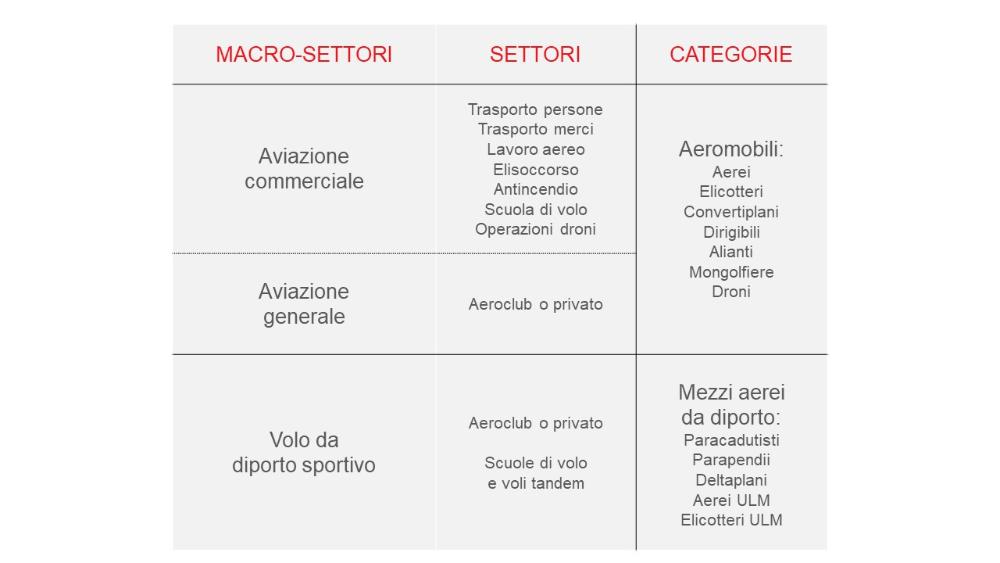The three macro sectors of aviation
Let’s start by identifying the three macro-sectors of civil aviation:
- “commercial aviation”
- “general aviation”
- “recreational sports flight”
COMMERCIAL AVIATION
This group includes all those profit-making activities ranging from scheduled flights to air taxis, from helicopter rescue to flight schools, from aerial work with helicopters to firefighting, to work with drones; to carry out these activities the air vehicles used are defined in one word as “aircraft”, or the categories: airplanes, helicopters, convertiplanes, gliders, airships, hot air balloons (or rather free balloons) and drones.
To these we must then obviously attach all the sectors that do not deal strictly with flight operations, but are support such as: design, construction, maintenance, technical management and air traffic control.
GENERAL AVIATION
Let’s move on to the second macro-sector: general aviation, which includes all private, non-profit activities of enthusiasts who fly for fun, aircraft owners or members of flying clubs.
Compared to the first group, there is one thing they have in common, namely the categories of aircraft used: aircraft (except drones, which by definition, when classified as aircraft, automatically become a commercial vehicle… there will be a dedicated tutorial later, but let’s stop here for now.)
SPORTS FLIGHT
The third macro-sector is that of recreational and sports flying, which has the same prerogatives as general aviation, that is, it does not carry out commercial activities (except for the operation of flight schools and tandem flights), but is distinguished by the categories of vehicles used or by the weight limit to which they are subject.
In fact, the classic categories of this world are: skydiving, paragliding and hang gliding, however then there are ULMs (ultra light powered aircraft) which overlap in some ways with aircraft even if they are not legally part of it, in fact they are technically airplanes or helicopters in all respects, but since they are below 400 kg of maximum take-off weight for single-seaters and 450 kg for two-seaters, they do not fall within general aviation.
It is important to understand this overlap to understand how to approach this sector.








